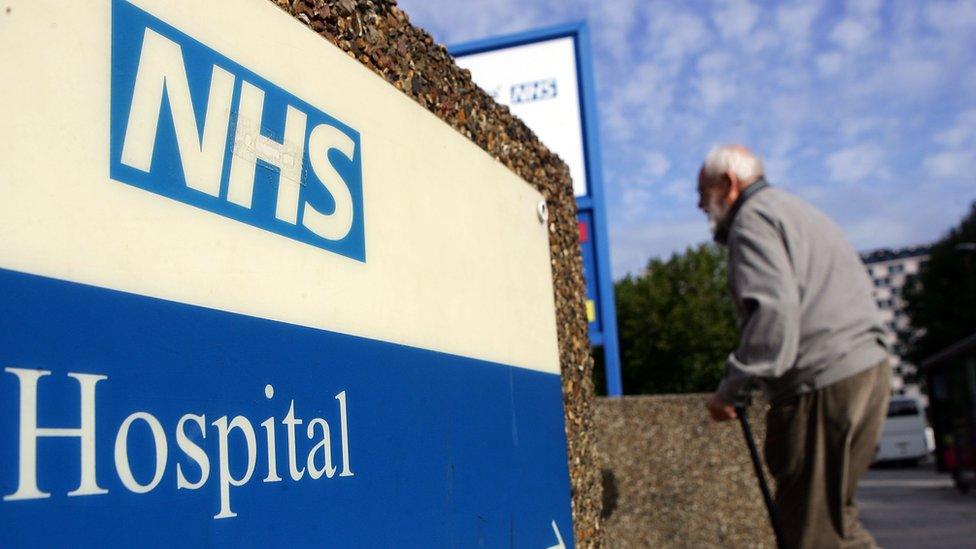Coronavirus: Is the North West a virus hotspot?
- Published
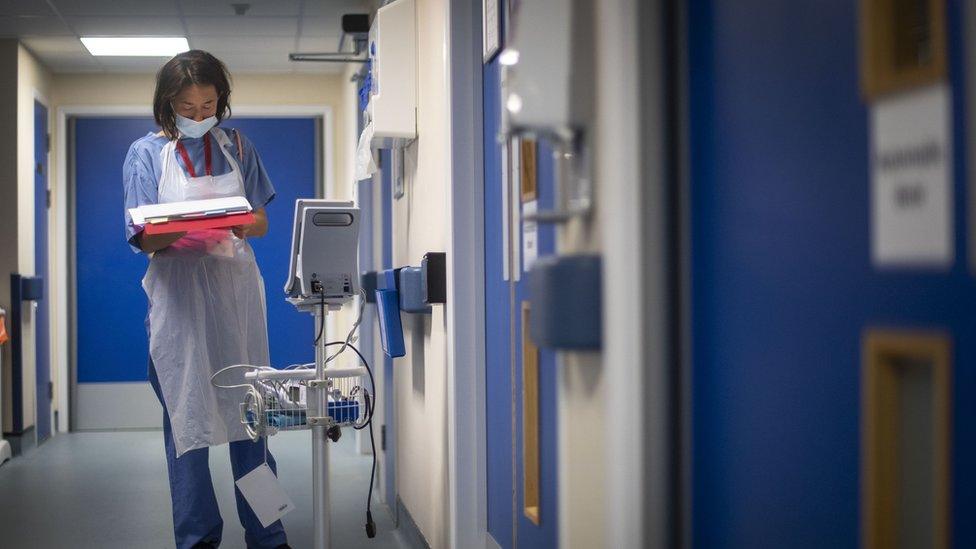
There has been huge nervousness in the last week about the reproduction (R) number - and in particular what it means for the North West of England.
Regional modelling suggested the R number - a measure of the rate at which the virus is being passed on - had tipped above one, meaning the number of infections could start growing again.
But how valid are those concerns? And what does it mean for the continuing easing of lockdown?
The R number may be misleading
Everyone has started focusing on the R number. But the problem is that it is not necessarily showing us what we think it is.
Firstly, it is worth saying that just one model has suggested the North West has an R number of above one.
But there are a number of different groups that model the R number for ministers.
The government's official view remains that all regions are below the magic one number - although it does not publish an official regional R.
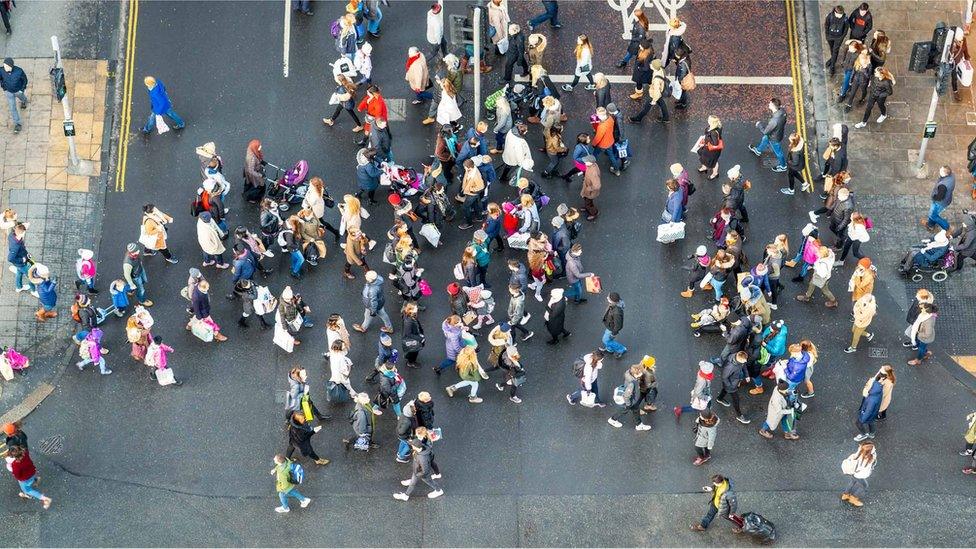
Relaxing lockdown in England is putting pressure on the R number
What is more, the R number can go up even if the rate of infections is falling.
For example, if community transmission plummets - as it has done - what is happening in care homes becomes more of an influence on R.
Prof John Edmunds, an epidemiologist at the London School of Hygiene and Tropical Medicine, says it is certainly possible that could be happening rather than an increase in community transmission.
But, he added, we simply "don't really know".
So what is happening in the North West?
The number of new infections is actually coming down in the North West - it was a point acknowledged during a weekend press briefing by the two most powerful local politicians in the region, Greater Manchester Mayor Andy Burnham and his Liverpool counterpart Steve Rotheram.
Instead, the concern centres around the fact that the region has suffered one of the highest rates of infection in England with cases being seen and the numbers in hospital falling more slowly than in other areas.
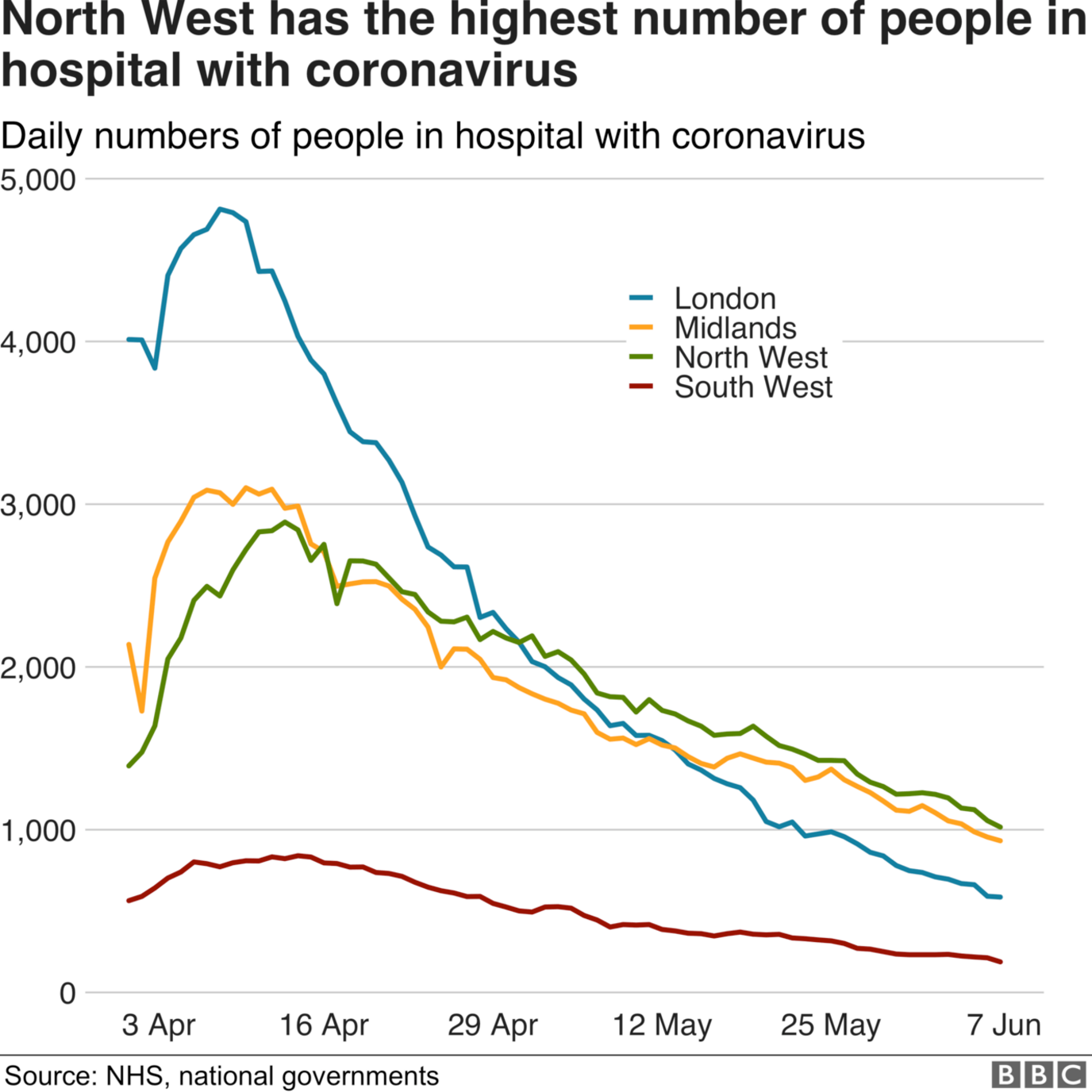
There are likely to be a number of reasons for this.
The Public Health England review into risk factors, external published last week detailed how deprivation and density of population were key factors.
Both could help explain why the North West has been hit hard.

TRIBUTES: Remembering those who died
THE R NUMBER: What it means and why it matters
LOOK-UP TOOL: How many cases in your area?
GLOBAL SPREAD: Tracking the pandemic

The tension between local and central
But whatever the reasons, it has made local officials nervous about the way restrictions have been eased.
Both mayors have expressed concern about the re-opening of schools while the number of infections remains high.
Close to 100 new infections a day were being recorded at the start of June, around one in five cases nationally in England.

Mr Burnham believes the loosening of lockdown simply came "too soon" in the North West.
He would like to see more "local flexibility" for how different areas proceed from now on, noting how the different nations of the UK are proceeding at slightly different paces.
'No region' has much wriggle room
This is not unique to the North West though.
Across the country, council officials have expressed concern that the approach taken by the government has been too top-down, meaning vital local know-how has been bypassed.
There are signs this has begun to change - local councils have an input in the test-and-trace system - but Mr Burnham and others are still concerned they are not being consulted enough, saying the decision-making is too skewed towards the capital.
But such tensions are understandable.
Imposing a lockdown - once the decision has been made - is the easy bit. Navigating a way out of it is much more difficult, especially when things are so finely balanced.
Prof Sheila Bird, an expert in statistics at the University of Cambridge, says the situation in all regions is so finely balanced with "no region" actually having much wriggle room.
No wonder, she says, government scientists are worried.
Follow Nick on Twitter, external
- Published16 April 2020
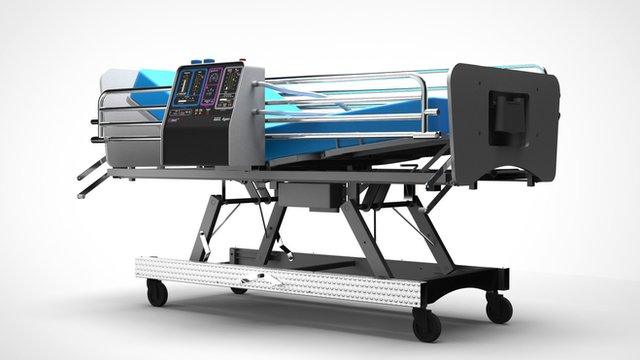
- Published29 April 2020

- Published30 March 2020
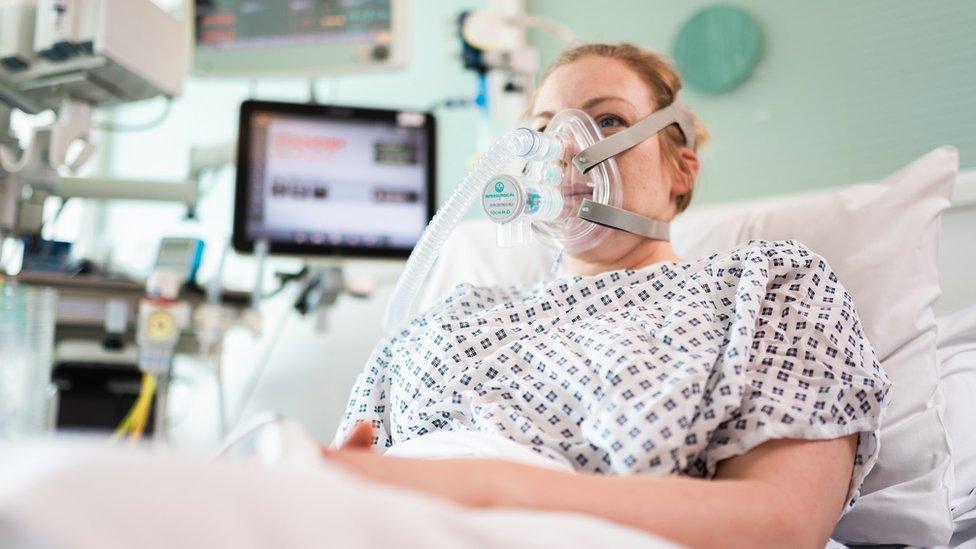
- Published4 August 2019

- Published6 January 2019
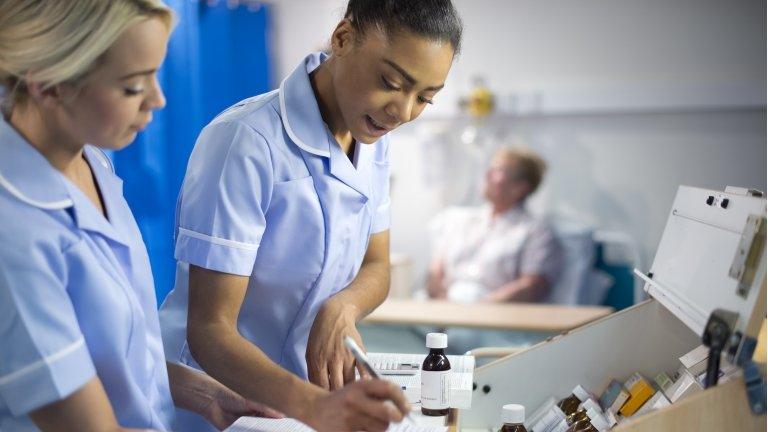
- Published8 February 2017
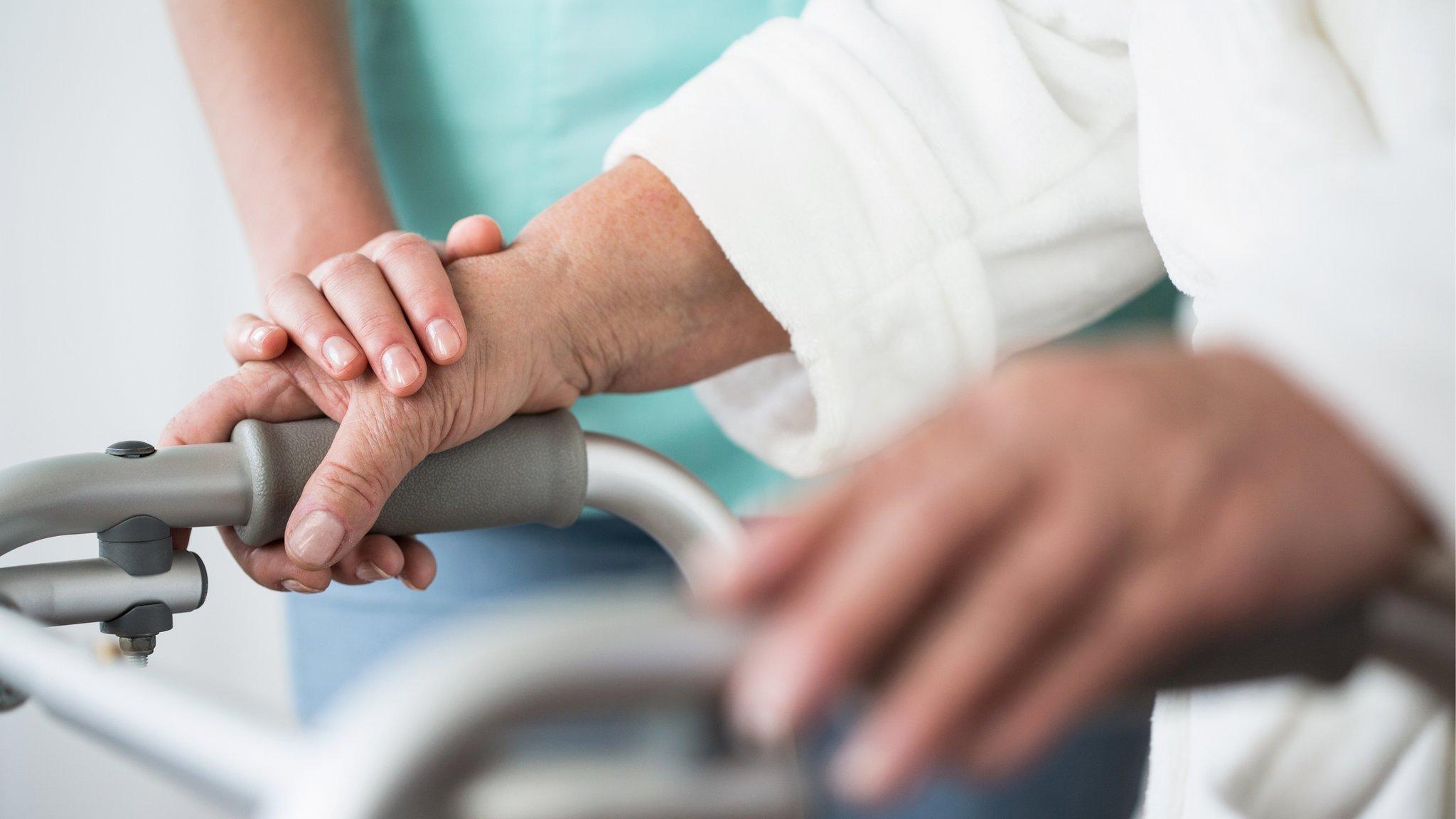
- Published8 February 2017
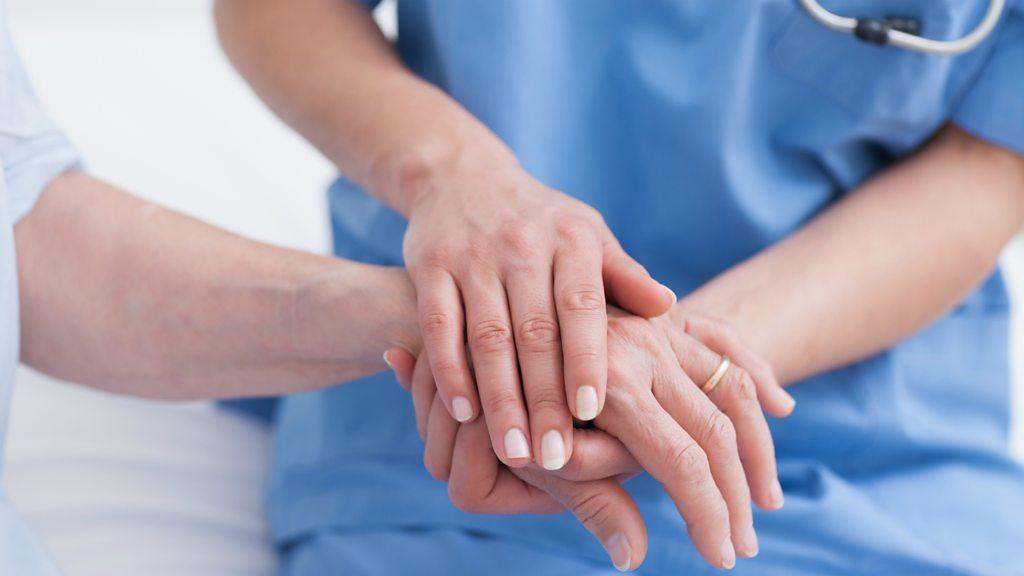
- Published6 January 2017
